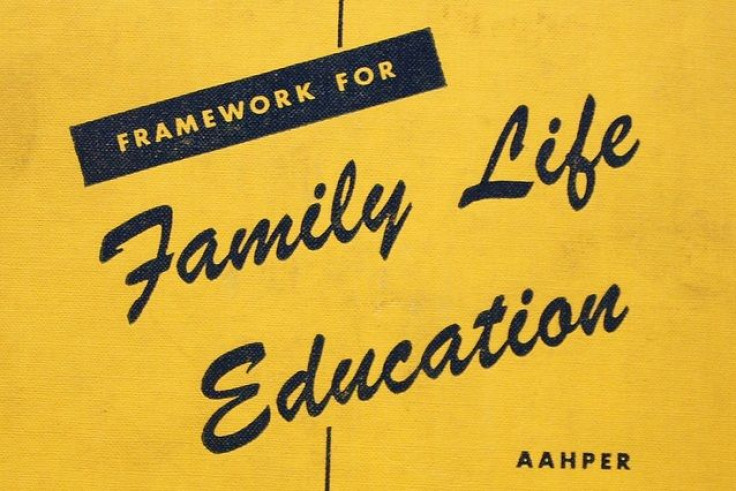Reproductive Health And Sex Education In Adolescence Lay Foundation For Lifetime Of Healthy Behavior

Parents, start memorizing your birds and the bees talk, because it still matters. Research into the reproductive health and sexual knowledge of young adolescents, in particular those between the ages of 10 and 14, suggests laying the proper foundation for a lifetime of healthy behavior shouldn’t begin with a casual talk at 17. It needs frankness, early.
A new study from Georgetown University's Institute for Reproductive Health shows that when parents and schools invest in teaching children on the brink of young adulthood about sexual and reproductive health (SRH), kids internalize the lessons for decades, if not for their entire lives. In countries where many kids are underserved, and even in the U.S., where SRH carries a measure of taboo, these lessons never reach their targets, and kids find other ways to learn.
Everyone wants kids to be safe. The greater debate is over which age is appropriate to start protecting, and whether a sense of control will lead them toward risky behavior. Senior author of the study and director of the Institute, Rebecka Lundgren, says by the time kids reach middle school, their elders have already failed them. Many child psychologists go so far as to recommend introducing anatomy no later than 3 years old, as a way to break the idea that sexual organs are shameful or lewd.
"Ten is not too young to help girls and boys understand their bodies and the changes that are occurring,” Lundgren said in a statement. “Ten is not too young to begin to move them from ignorance to knowledge.” The age is a tender chapter in many kids’ lives, she says, one that comes with great deals of fear, doubt, curiosity, and impulsivity. The problem isn’t American either. Around the world live some half a billion kids between 10 and 14 years old. They are the at-risk group, Lundgren says. They’re the ones who need help.
Among the gaps in knowledge are facts about menstruation and ejaculation, sex, sexual health (including sexually transmitted diseases and condom use), and notions of gender fluidity. Too often, the researchers say, kids grow up with a strict gender binary that leaves little room for alternative identities. Even worse is when these kids begin to explore their sexualities. Without a proper knowledge base, their risks for STD and unplanned pregnancy skyrocket.
One concern is popular culture. Kids who don’t feel comfortable speaking with their parents (or vice versa) use their friends and celebrities as role models. They learn through extreme experience, and sometimes to a destructive degree. A study conducted earlier this year found heavy watchers of the MTV shows 16 and Pregnant and Teen Mom were more optimistic about raising a child at 16 than other subjects who watched less often. The researchers chalked it up to the show’s influence, not some preexisting belief about teen pregnancy.
Pre-teens also have the unfortunate tendency to be vain and competitive — a dangerous mix when popularity is on the line. When kids develop at different rates, the pressure to conform to their peers often compels them to engage in riskier behavior. According to the Georgetown researchers, proper solutions can’t help but include a wide cast of characters. They include parents, policymakers, teachers and other program leaders, researchers, and donors to help fund future research.
Above all, says Lundgren, programs must include the adolescents themselves. "We need to reach 10 to 14 year olds … to teach them about their bodies and support development of a healthy body image and a strong sense of self-worth,” she said. “We also need to hear their voices — the voices of the under-heard and underserved. Ten is not too young."
Source: Igras S, Macieira M, Murphy E, Lundgren R. Investing in very young adolescents' sexual and reproductive health. Global Public Health. 2014.



























